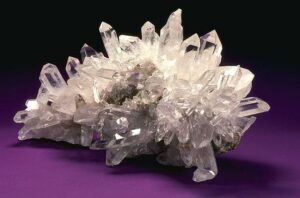Working with Universal Designs for Learning for the last 10 years, I find that there are some challenges and some major successes implementing UDL strategies. I taught science to a group of grade sixes and sevens, who run the gamut of academic abilities. I had (and have) slow learners, low learners, self-motivated go-getters, about 5 straight-down-the-pipe kids, one moderate FASD, and one severe ADHD. For these students, with their range of abilities, the UDL spectrum approach to learning materials and assessment (particularly the assessment) resulted in very high engagement, and a demonstration of learning far beyond my expectations. For this class of 24, Earth Sciences was something they were not particularly into initially…
First, the challenges. Number one was access to technology; as a small school, individual devices were unheard of, and a space to compile appropriate links and content in a consumable format was non-existent. Obviously, we have progressed, but
piloting programs such as this is schools can be difficult because of the lack of available infrastructure.
Second challenge was attitude, from the students, who were unfamiliar with the format; from colleagues and admin, who were concerned about the curriculum contained in conventional texts and the precedent being established; and from parents, for whom the format did not mesh with their experiences, and so seemed like the students were not learning, but rather ‘on a screen all the time’.
All the successes really came to light towards the end of the unit. Student engagement was very high- we did an incredible amount of hands-on exploratory science, both in the class, and out in the community, students and teacher brought in mineral samples that we would drop everything and look at, test, and identify. I knew we’d arrived when the FASD student showed up with a huge box of rocks, and told me he picked them up all over the farm (which was a substantial and diverse amount of property), and wanted to know what they were.



Ryan MacGregor
The aspect that I love to bring into my practice is UDL approach to assessment. For my science class, the assessment piece really brought it home, and I have shared it numerous times with colleagues. It was based on Fay Brownlie’s UDL approach to assessment, which centres around a single question that allows students a carte blanche method to approach it. The assessment is a single piece of paper, with one question, in this case “Show me everything you know about the rock cycle. You can use pictures, words, diagrams, or anything you like”. For students who were kinaesthetic, I simply asked them to walk me through their answers, and to explain what they had done orally.Pictures are worth a thousand words, so here is the sample.